
White Hat Thinking
|
 |
When discussing the Taiwan Cypress Straw Hat in Lukang, one cannot overlook the contributions of Master HUANG,CHIN-CHAO fromTSAI,YUAN Village in Lukang Township. Through the planning of the "Caiyuan Embroidery Village," this craft has been passed down to future generations.
Since 2001, the TSAI,YUAN Village community has been dedicated to reviving the traditional craftsmanship of The Taiwan Cypress Straw Hat in Lukang. Their efforts go beyond publishing books—they have also worked with the Changhua County Cultural Bureau to preserve visual and textual records in the National Cultural Memory Database of the Ministry of Culture. |
 |
With these records, we can step into the early lives of our hometown, uncover Taiwan’s stories, and revisit the cultural movements of the past. By collecting heartfelt narratives, we gain a deeper understanding of the rich and vibrant legacy of The Taiwan Cypress Straw Hat in Lukang.
|

|

|

|
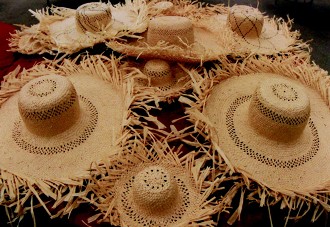
|
 |
HUANG,CHIN-CHAO, who once specialized in cypress straw weaving, shared that during the Japanese colonial era, Japanese instructors came to Taiwan to teach the craft. At that time, over a hundred people were engaged in shaving cypress wood into long, thin strands—delicate as paper yet strong and resilient. These finely shaved strands could be used to weave hats, toys, and other items.
|
 |
For weaving the Taiwan Cypress Straw Hat in Lukang, the process begins by shaving cypress wood into fine straw-like strands. These strands are then twisted into threads using a spinning machine before being woven entirely by hand. The weaving starts from the center of the hat’s base, gradually expanding outward. Once the base is completed, the weaving continues to the brim, followed by trimming and shaping to finalize the hat.
|
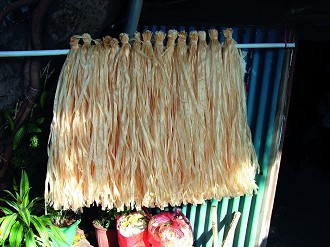
|
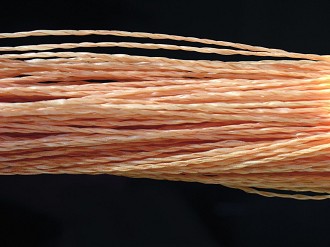
|
 |
During the late Japanese colonial period, the Taiwan Cypress Straw Hat in Lukang reached its peak in production, with over a million hats exported. Unfortunately, due to the high cost of cypress hats and the decline in the younger generation’s habit of wearing gentleman’s hats, the craft has faded into history, leaving behind only nostalgic memories.
|
 |
Why Were Cypress Wood Shavings Called "le̍h-á-tsháu" (笠仔草)?
According to the website of YANG,CHEN Workshop, before the introduction of the Taiwan Cypress Straw Hat weaving technique, rush grass hats made from mat rush (藺草) had already been popular for a long time. The woven rush grass used for these hats was called le̍h-á-tsháu(笠仔草) in Taiwanese Hokkien. Some elderly individuals we interviewed recalled hearing or seeing "le̍h-á-tsháu" used in reference to hat weaving. |
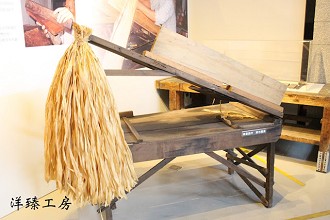
|
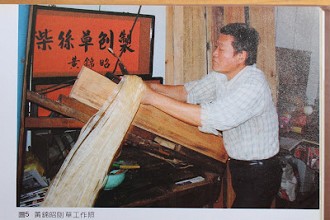
|
 |
The Naming of the "Taiwan Cypress Straw Hat"
In 2005, HUANG,CHIH-NUNG compiled the book Capturing the Legend of The Taiwan Cypress Straw Hat in Lukang. To distinguish it from the rush grass hats of Dajia and to emphasize the use of cypress wood strands in weaving, HUANG,CHIH-NUNG referred to the cypress wood hat as theTaiwan Cypress Straw Hat. (柴絲草帽). |
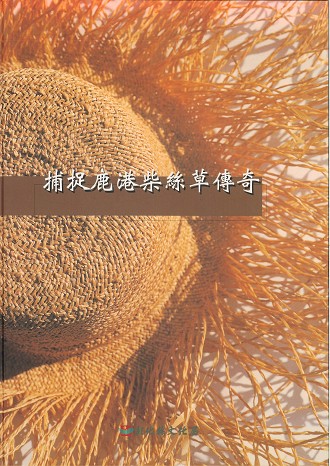
|
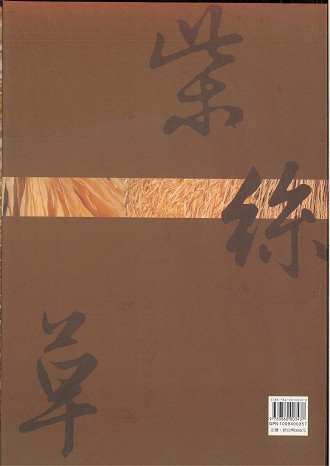
|
 |
A Declining Industry Due to Historical and Technological Changes.The Cypress Straw Hat emerged as a product of historical circumstances but was eventually replaced in an era where technology overshadowed traditional craftsmanship. Around the end of World War II, its lightweight, breathable, and well-ventilated design made it highly favored not only by the Japanese but also by American businesses, leading to a surge in demand.
In 1940, over one million Cypress Straw Hats were exported, and according to the 1941 Taiwan Traditional Straw Hat Sales and Production Statistics, they accounted for 16% of total hat production. The industry once supported half of the households in Lukang, contributing to the region's prosperity and economic well-being.
|


